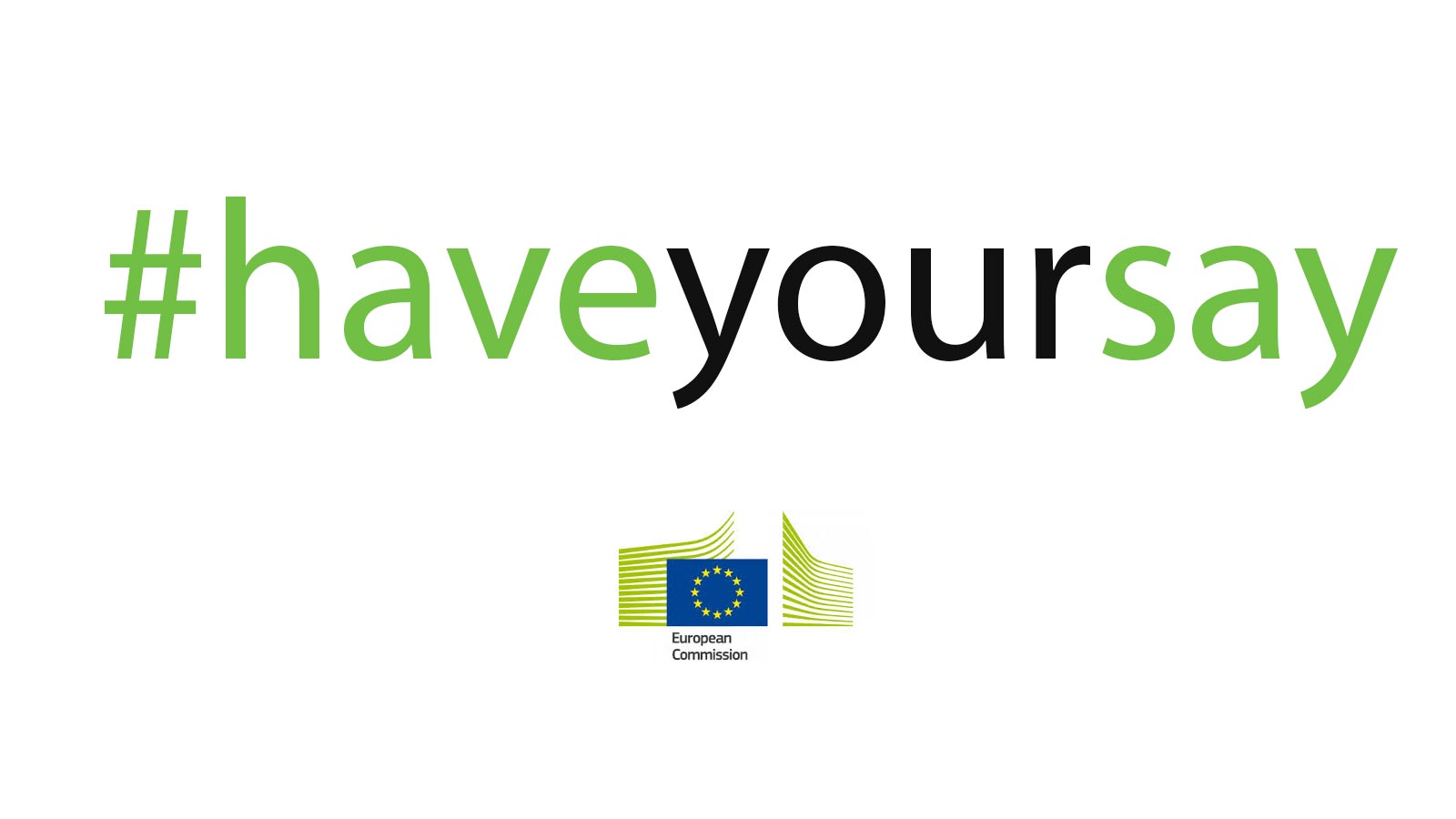All products deserve a fair environmental rating so the end consumer can make a choice according to their values. To achieve this, a harmonised approach to measuring the environmental performance of products is necessary; the system must be meaningful and accurate. Only then will it have the intended result of identifying truly sustainable products. Legislation is on its way to regulate communication on sustainable performance, green claims will have to provide proof in the foreseeable future. With the GRV Sustainability profile, brands and suppliers in the outdoor sector can already act now to raise the trustworthiness of their communication to this next level.
GRV responded to a consultation on how to strengthen the role of consumers in the green transition that was part of a wider initiative being developed by the European Commission.
The initiative will lead to legislation on the environmental claims companies will be allowed to make about their products and services, as part of “A European Green Deal”. This is a plan to make the EU’s economy sustainable by turning climate and environmental challenges into opportunities, and making the transition just and inclusive for all.
You can read the GreenroomVoice Position Paper here.
We welcome the fact that efforts will be made by the European Commission to address the issue of “green washing”, misleading communication, confusing the consumer with incomparable claims and the way marketing methods are being used to spread false ideas on sustainability. GRV was founded with the goal to create a level playing field in communication to empower the consumer with an eye-to-eye approach in the outdoor sector, where consciousness on the environmental impact of gear is elevated. The information is made available to educate and explain the complexities of sustainability practice.
Europe is now developing the final EU framework for accurate measurements for specific product categories, including apparel and footwear. The Product Environmental Footprint (PEF) method measures the life cycle environmental performance of products. The final method for apparel and footwear should be ready end 2022. How the PEF method will support green claims and the resulting information will be presented to consumers is still under discussion. The information could be presented in many forms. It is the objective of the European Commission’s other initiative on substantiating green claims.
“Today it is difficult for consumers, companies and other market actors to make sense of the many environmental labels and initiatives on the environmental performance of products and companies. There are more than 200 environmental labels active in the EU, and more than 450 active worldwide; there are more than 80 widely used reporting initiatives and methods for carbon emissions only. Some of these methods and initiatives are reliable, some not; they are variable in the issues they cover. Another issue is greenwashing – companies giving a false impression of their environmental impact or benefits. Greenwashing misleads market actors and does not give due advantage to those companies that are making the effort to green their products and activities. It ultimately leads to a less green economy. To tackle this issue, the European Green Deal states “Companies making ‘green claims’ should substantiate these against a standard methodology to assess their impact on the environment”.
In attendance of the final Environmental Footprint Framework that still has some way to go until it is market ready, we use the GRV Transparency Tool, where we integrate all relevant practices, standards, guidelines and auditing schemes and/or alternative documentation especially with smaller businesses. The GRV Transparency Tool is aligned with the main subjects covered by the Environmental Footprint Framework. With maintaining a sustainability Profile on the GRV website, brands and suppliers can act now to educate their stakeholders on how and why they apply sustainability practice in their business.
The textile industry as a whole, especially the more technical branches, like the outdoor sector is extremely complex in materials, applications and cost structure. Whilst these materials are a daily part of our lives, very view consumers understand the implications of manufacturing and sourcing. In order to make an informed and conscious buying decision according to ones own values, which will eventually lead to a more sustainable way of consumption, we need to establish transparency and guidance on a level playing field. We need to create context and the ability to compare topics, which are actually comparable.
Communication has been very much part of every brands culture to pass on their core message, what they believe in and why they make their products. Much like the right of free speech.
The issue with this is, that experts in communication are not necessarily experts in sustainability. Consequently we need to create a framework for communication, that assures a wholesome approach in order to give the consumer a chance to actually know what they are buying and what kind of consequences the every day act “to vote with ones €” has.

